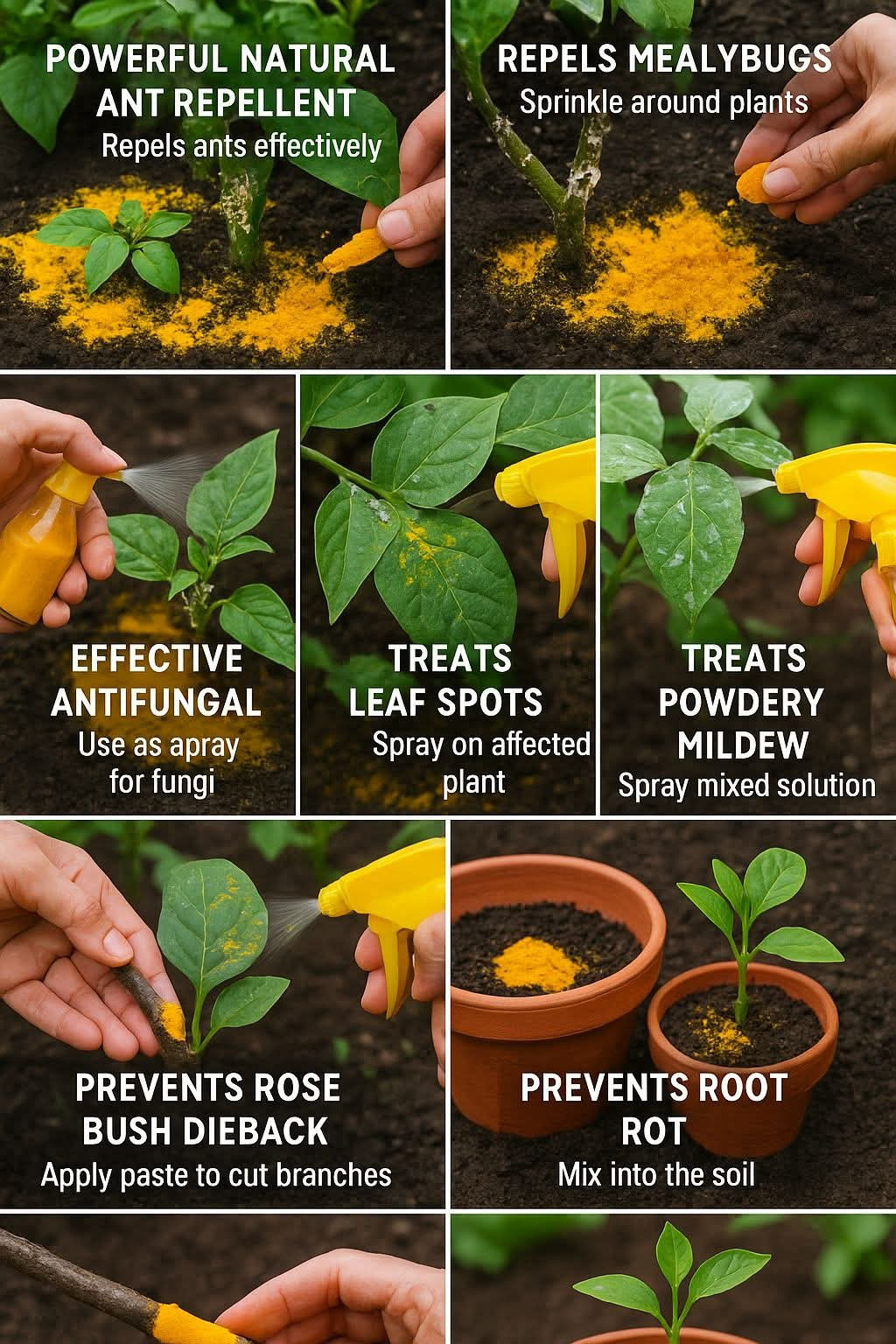.............................................................................
നാളികേര കർഷകരെ സംബന്ധിച്ച് എന്നും ഒരു പേടി സ്വപ്നം ആണ് തെങ്ങിനെ ആക്രമിക്കുന്ന ചെല്ലികൾ ...ചെല്ലിയും , തെങ്ങും ഒരുമിച്ച് വളരില്ല ...ചെല്ലിയെ നശിപ്പിക്കാതെ തെങ്ങുകൾ ഒന്നും തന്നെ വളർത്തിയെടുക്കുവാൻ പറ്റാത്ത അവസ്ഥയിൽ എത്തി കാര്യങ്ങൾ ...അത്രയ്ക്ക് വംശവർദ്ധനവ് ആണ് ചെല്ലികൾക്ക് ഉണ്ടായിക്കൊണ്ടിരിക്കുന്നത് ...അവയെ ഏതെങ്കിലും മാർഗ്ഗത്തിൽ നശിപ്പിച്ചാൽ മാത്രമേ തെങ്ങുകൾ വളർന്ന് കിട്ടുകയുള്ളു ..അല്ലെങ്കിൽ കർഷകരുടെ അധ്വാനം വെറുതെയാകും ...
കൊമ്പൻ ചെല്ലിയാണ് തെങ്ങിനെ ആദ്യവും , നേരിട്ടും ആക്രമിക്കുന്നത് ...വർഷത്തിൽ മുഴുവൻ ഇവയുടെ ആക്രമണം കണ്ടുവരുന്നുണ്ട് എങ്കിലും ..ജൂൺ മുതൽ സെപ്തംബർ വരെയുള്ള മാസങ്ങളിൽ ആണ് ചെല്ലികളുടെ ആക്രമണം തെങ്ങിൽ കൂടുതൽ കണ്ടുവരുന്നത് ...മഴക്കാലത്ത് കർഷകരുടെ ശ്രദ്ധ കുറയുന്നതും ആകാം അതിന് ഒരു കാരണം ....തെങ്ങ് കൂടാതെ പന, ഈന്തപ്പന , പൈനാപ്പിൾ , കരിമ്പ് , എണ്ണപ്പന എന്നിവയെയും ചെല്ലികൾ ആക്രമിക്കുന്നു ...മറ്റ് കീടങ്ങളിൽ നിന്നും വ്യത്യസ്തമായി പൂർണ്ണ വളർച്ചയെത്തിയ കൊമ്പൻ ചെല്ലികൾ ആണ് തെങ്ങിനെ ആക്രമിക്കുന്നത് ...എന്നാൽ ചെമ്പൻ ചെല്ലികൾ തെങ്ങിൽ പ്രവേശിച്ചാൽ അവയുടെ വംശവർദ്ധനവും തെങ്ങിന്റെ ഉള്ളിൽ തന്നെ ആയതിനാൽ അവയുടെ ലാർവകൾ ആണ് തെങ്ങിന്റെ ഉൾഭാഗം പൂർണ്ണമായും ആഹാരം ആക്കുന്നത് ...കൊമ്പൻ ചെല്ലിയുടെ ആക്രമണം കൂമ്പ് ചീയൽ , കൂമ്പ് അഴുകൽ പോലുള്ള രോഗങ്ങൾക്കും ചെമ്പൻ ചെല്ലിക്ക് തെങ്ങിൽ പ്രവേശിക്കുന്നതിനും വഴിയൊരുക്കുന്നു ...
ചെല്ലികളെ നശിപ്പിക്കുവാൻ കർഷകർ പല മാർഗ്ഗങ്ങളും പരീക്ഷിക്കാറുണ്ടെങ്കിലും എല്ലാം താൽക്കാലികം മാത്രമായി അവസാനിക്കുകയാണ് ...ഇപ്പോഴും ചെല്ലികളുടെ ആക്രമണത്തിന് ഒരു കുറവും വന്നിട്ടില്ല ...കൊമ്പൻ ചെല്ലികൾ മുട്ടയിട്ട് വംശവർദ്ധനവ് നടത്തുന്ന ചാണകക്കുഴികൾ, കമ്പോസ്റ്റ് കുഴികൾ , മറ്റ് ജൈവവസ്തുക്കൾ അഴുകുന്ന സ്ഥലങ്ങൾ , ഗ്രോബാഗ് പോലുള്ള സ്ഥലങ്ങളിൽ അതിനുള്ള അവസരം ഉണ്ടാക്കാതിരിക്കുക എന്നതാണ് ആദ്യം ചെയ്യേണ്ടത് ...ഏതെങ്കിലും കീടനാശിനിയോ , മെറ്റാറൈസിയം പച്ചകുമിൾ , ഗ്രീൻ മസ്കാർഡൈൻ ഫംഗസ് പോലുള്ളവ ഉപയോഗിച്ചോ ഇവയുടെ പുഴുക്കളെ നശിപ്പിക്കാം ...പൂർണ്ണ വളർച്ചയെത്തിയ ചെല്ലികളെ തെങ്ങിൽ ആക്രമണം നടത്തുന്നതിന് മുൻപായി കെണിയിൽ പെടുത്തി നശിപ്പിക്കുക എന്നതാണ് ഏറ്റവും എളുപ്പത്തിൽ കർഷകർക്ക് ചെയ്യാവുന്ന കാര്യങ്ങൾ ..അതിനായി ചെല്ലികൾക്ക് ഇഷ്ടമുള്ള വസ്തുക്കളിൽ തന്നെ വേണം കെണി ഒരുക്കുവാൻ ....
തെങ്ങിന്റെ ഭാഗങ്ങൾ , പൈനാപ്പിൾ , കരിമ്പ് , കള്ള് , ചാണക കുഴമ്പ് , പിണ്ണാക്ക് കുഴമ്പ് , ശർക്കര ലായനി , ആവണക്ക് ലായനി ...ഇതുപോലുള്ള വസ്തുക്കൾ എല്ലാം തിരഞ്ഞെടുക്കാം ...ഇവ ഏതെങ്കിലും ബക്കറ്റ് പോലുള്ള പത്രങ്ങളിൽ തയ്യാറാക്കി അതിൽ രൂക്ഷമായ ഗന്ധം കുറവുള്ള കീടനാശിനിയും ചെറിയ അളവിൽ ചേർക്കുക ...മധുരമുള്ള വസ്തുക്കളിൽ കെണി ഒരുക്കുമ്പോൾ തേനീച്ച , കരിവണ്ട് പോലുള്ള മിത്ര ജീവികളും കെണിയിൽ അകപ്പെടുവാൻ സാധ്യതയുണ്ട് ..അതിൽ ഒരു ശ്രദ്ധ വേണം ...ഈ വസ്തുക്കൾ കൊണ്ട് ഉണ്ടാക്കുന്ന കെണി മഴ നനയാതെ വേണം തെങ്ങിൽ തോപ്പിൽ സ്ഥാപിക്കുവാൻ ...ഒരു മാസത്തിന് അടുത്ത് ഇത് ഉപയോഗിക്കുവാനും കഴിയും ...ചെമ്പൻ ചെല്ലിക്ക് കള്ള് പോലുള്ള വസ്തുക്കളോട് ആണ് പ്രിയം കൂടുതൽ ...ഫിറമോൺ കെണികൾ ചെല്ലികളെ നശിപ്പിക്കുവാൻ നല്ലത് ആണെങ്കിലും ഒന്നോ രണ്ടോ ആളുകൾ മാത്രം അത് ഉപയോഗിച്ചാൽ ഗുണത്തേക്കാൾ ഏറെ ദോഷം ആയിരിക്കും ഫലം ...ഒരു പ്രദേശത്ത് ഒന്നാകെ ഫിറമോൺ കെണികൾ സ്ഥാപിച്ച് ചെല്ലികളുടെ ഒരു കൂട്ടക്കുരുതി ആണ് വേണ്ടത് ..അതിനായി സർക്കാർ സംവിധാനങ്ങൾ ഉണർന്ന് പ്രവർത്തിക്കുകയും വേണം ....
തെങ്ങിൽ ഉടക്ക് വല ഇടുന്നതും , പാറ്റാഗുളിക , വേപ്പിൻപിണ്ണാക്ക് , മരോട്ടിപിണ്ണാക്ക് , ചുക്ക , കായം, പെട്രോളിയം ഉത്പന്നങ്ങൾ , മീൻവെസ്റ്റ് , മറ്റ് രൂക്ഷമായ ഗന്ധമുള്ള വസ്തുക്കളും , കീടനാശിനിയും ഒക്കെ തെങ്ങിന്റെ കവിളിലും , മണ്ടയിലും ഒക്കെ വയ്ക്കുന്നതും ചെല്ലികളെ തെങ്ങിൽ നിന്നും അകറ്റും എങ്കിലും ..അവയുടെ ഗുണം നഷ്ടപ്പെടുന്നത് അനുസരിച്ച് പുതിയത് മാറ്റി സ്ഥാപിക്കണം ...ഉടക്ക് വല തെങ്ങിൽ പൊതിയുന്നത് നല്ലൊരു മാർഗ്ഗം ആണ് ....തെങ്ങിന്റെ കവിളിൽ മണലും തരി രൂപത്തിൽ ഉള്ള ഏതെങ്കിലും കീടനാശിനിയും മിക്സ് ചെയ്ത് ഇടുന്നതും കൊമ്പൻ ചെല്ലികളെ നിയന്ത്രിക്കുന്നത് നല്ലതാണ് .. .തെങ്ങിനെ ആക്രമിക്കുന്നതിന് മുൻപ് തന്നെ ചെല്ലികളെ ഏതെങ്കിലും മാർഗ്ഗത്തിൽ നശിപ്പിക്കുവാൻ കഴിഞ്ഞാൽ അതായിരിക്കും ഏറ്റവും ഗുണകരവും , എളുപ്പവും ഉള്ള കാര്യം ....നോട്ടത്തിൽ പകുതി നേട്ടം എന്ന് പറയുന്നത് പോലെ ...നിത്യമായ പരിചരണം തന്നെയാണ് തെങ്ങിന്റെ കാര്യത്തിൽ വേണ്ടത് ...WCT പോലുള്ള നാടൻ തെങ്ങുകളെ ഒരു അഞ്ച് വർഷം എങ്കിലും നല്ല പരിപാലനം കൊടുത്ത് വളർത്തുവാൻ കഴിഞ്ഞാൽ പിന്നീട് കാര്യമായി പേടിക്കേണ്ടതില്ല ...എന്നാൽ കുള്ളൻ , ഹൈബ്രീഡ് തെങ്ങുകൾക്ക് എല്ലാ സമയത്തും നല്ല പരിപാലനം ആവശ്യം ഉണ്ട് ...






